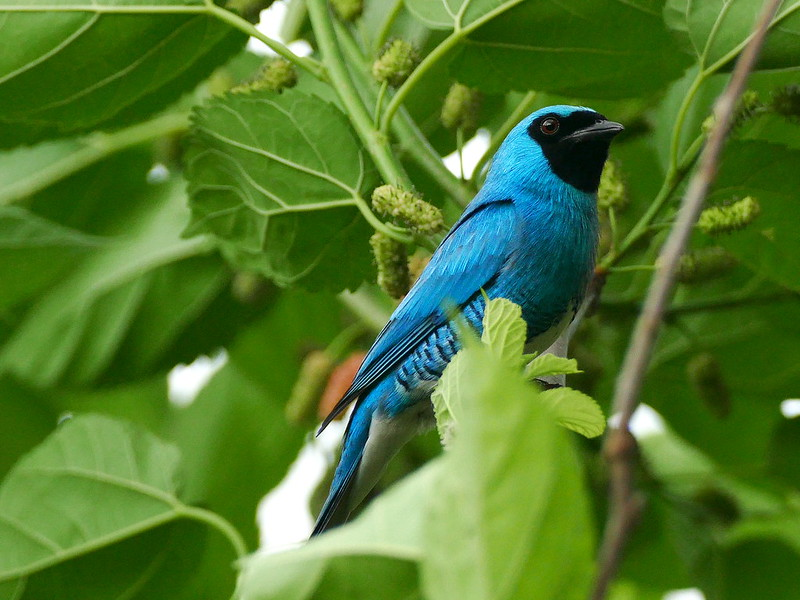Introducing the Swallow Tanager: an incredibly distinct and wonderfully petite bird found in abundance across various lowland and foothill habitats, reaching heights of up to 1,800 meters.
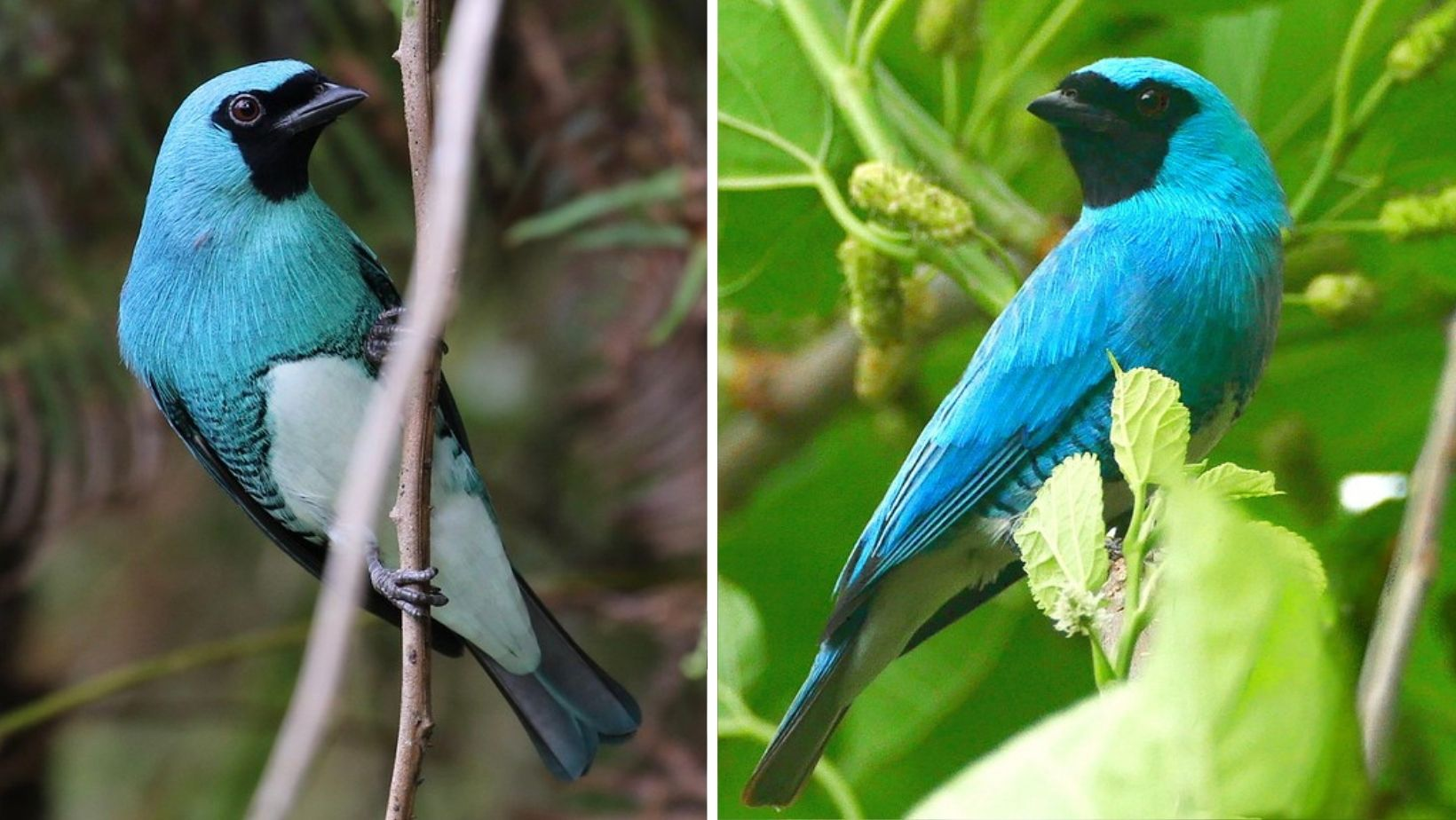
The Tersina viridis, commonly known as the swallow tanager, is a delightful bird that can grow up to around 14.5 to 15 cm in size. One of its notable features is its broad flat bill, which adds to its unique charm. As a sexually dimorphic species, the male swallow tanager stands out with its stunning appearance. Adorned in opalescent blue feathers, it boasts a contrasting black face and throat. Its flanks are also adorned with beautiful black barring, while the lower belly captivates with a pristine white color.
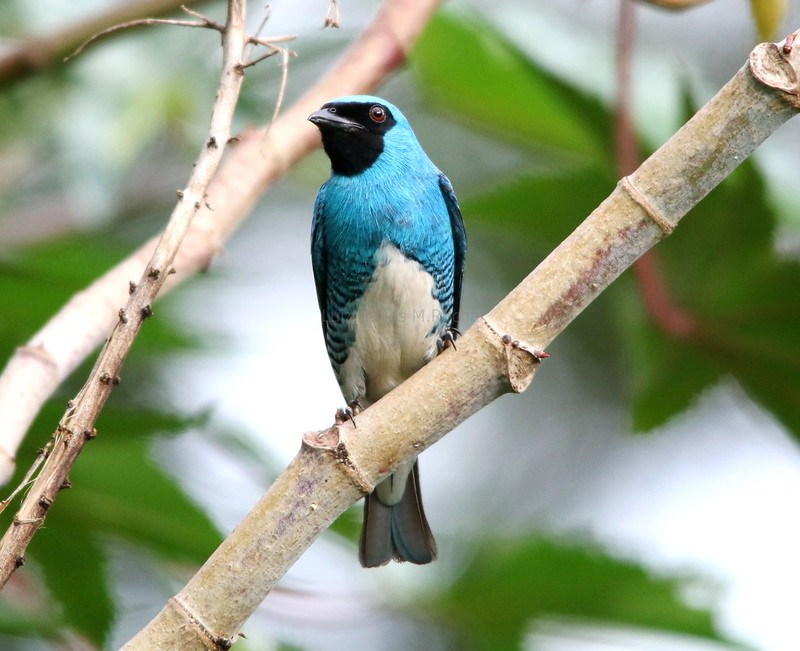
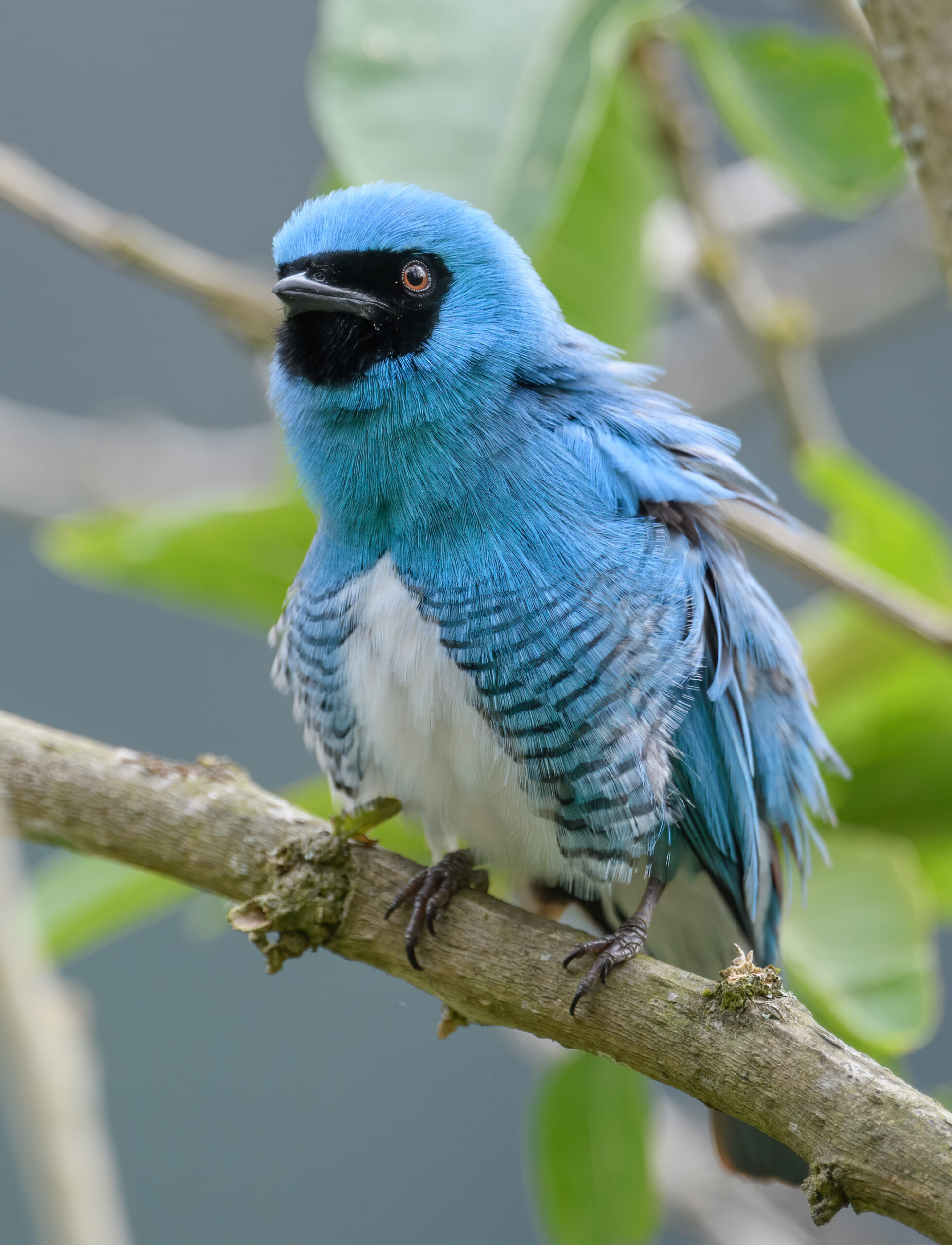
The female bird displays a vibrant green color, complemented by dusky-olive markings on its sides. Notably, unlike the male counterpart, she does not possess a black face mask. Similarly, the juvenile birds share a striking resemblance to the adult females in their appearance.
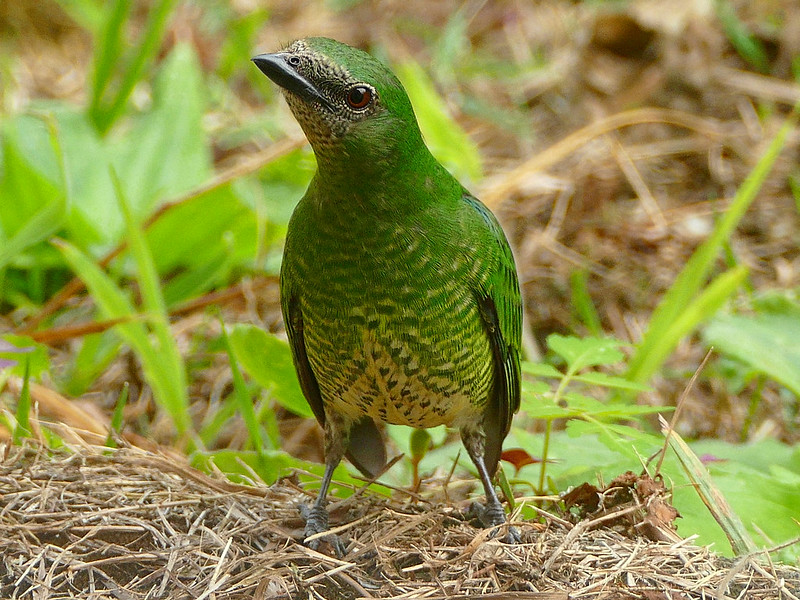
These avian creatures can be spotted across the vast expanse of South America, spanning from the tropical landscapes of Panama all the way to the enchanting realms of Northern Argentina.
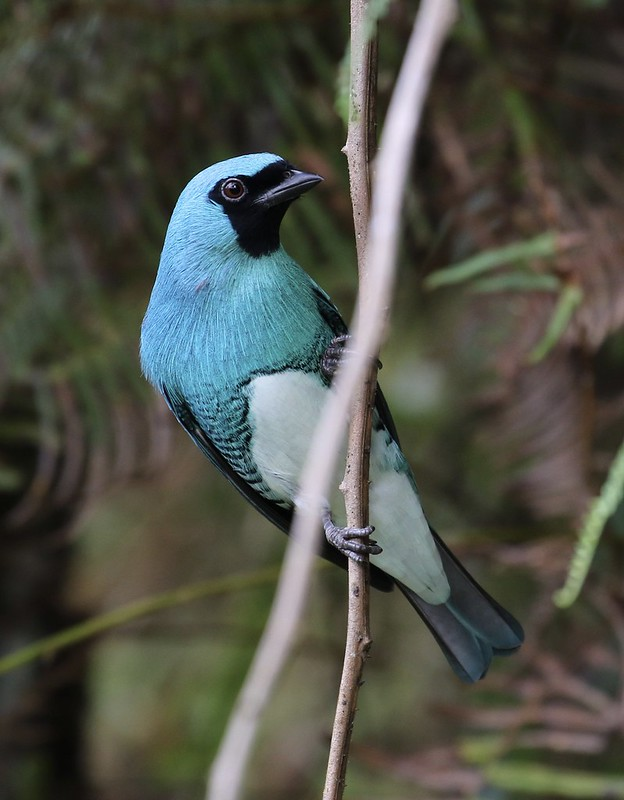
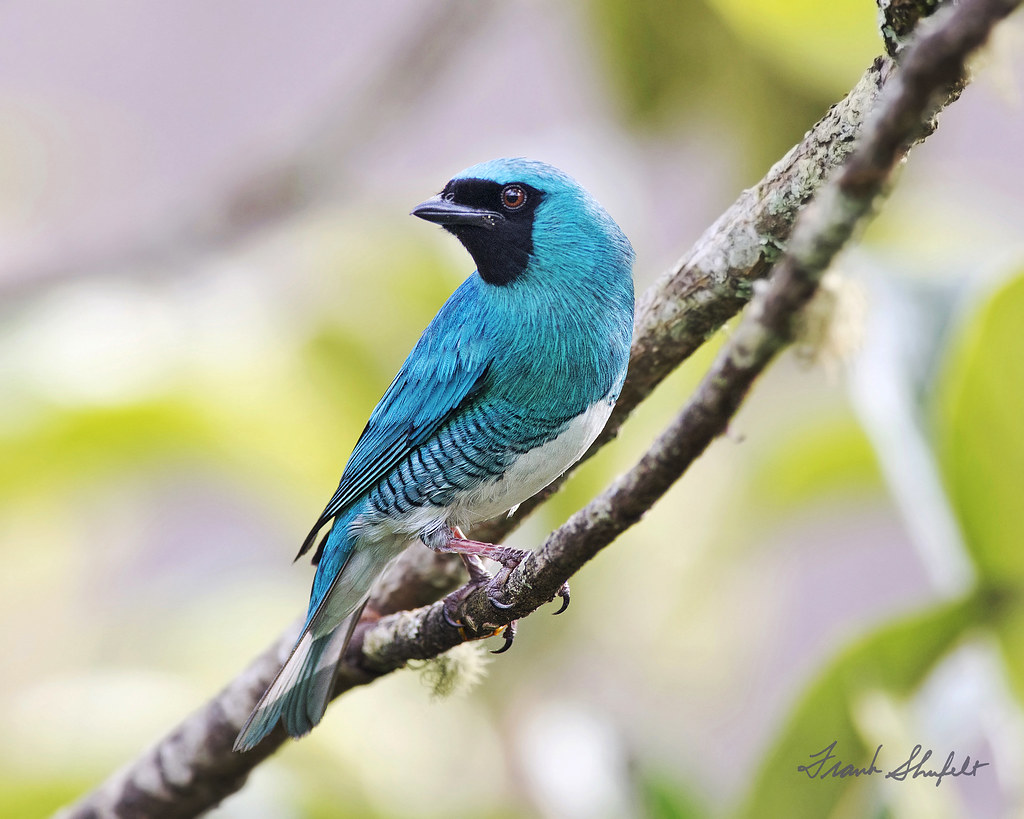
The swallow tanager is commonly spotted in habitats that border forests, open woodlands, clearings, areas with regrown vegetation, and in proximity to water sources.
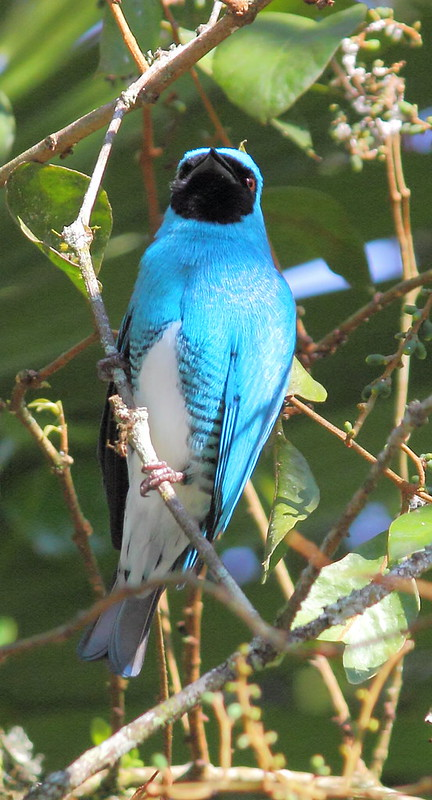
With a preference for resting on uncovered branches, these creatures derive pleasure from indulging in a feast of fruits and insects. Their culinary adventures include devouring a wide range of fruits, from juicy berries to creamy avocados, while also satisfying their palate with a buffet of insects like termites, grasshoppers, and ants. Occasionally, they venture out in pursuit of airborne insects, effortlessly capturing two or three before gracefully returning to their familiar perch.
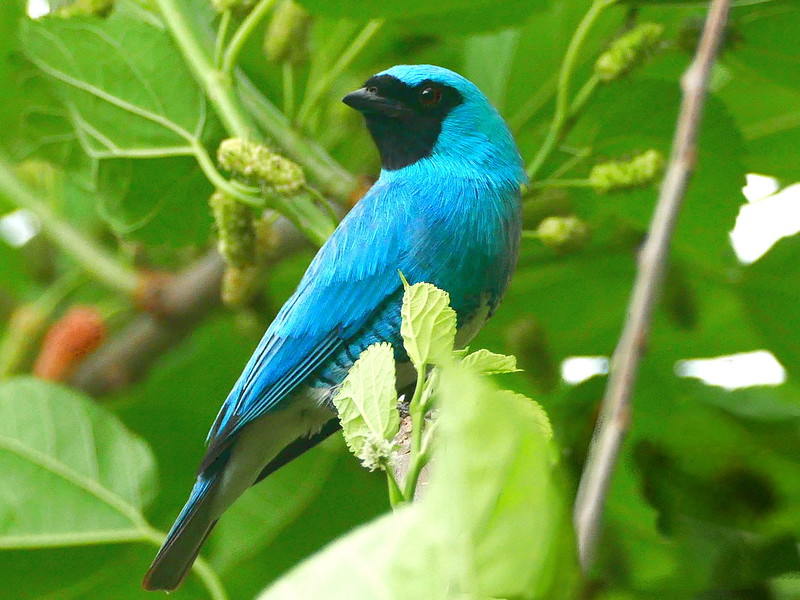
The swallow tanager predominantly chooses pre-existing nests created by other birds or humans as their nesting sites. These can range from cliffs to earth banks and even bridges. When it comes to reproduction, the female swallow tanager usually lays three white eggs inside the chosen nest and then proceeds to incubate them for about 13 to 17 days. Both parents take part in feeding their offspring, although the female demonstrates greater dedication to this responsibility compared to the male. Finally, after roughly 24 days, the young leave their nest, ready to explore the world on their own.
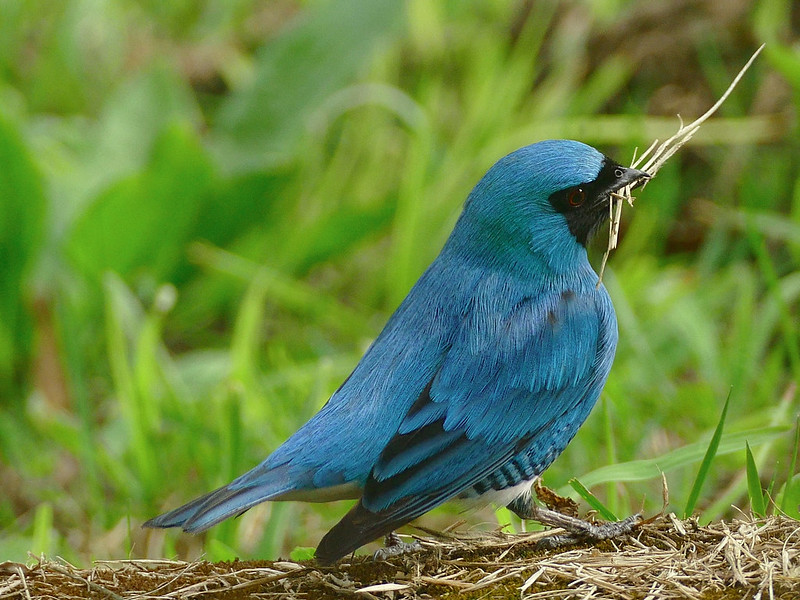
This particular creature boasts an extraordinarily vast habitat, thereby avoiding any concern of nearing the criteria for Vulnerable status on the IUCN Red List.
